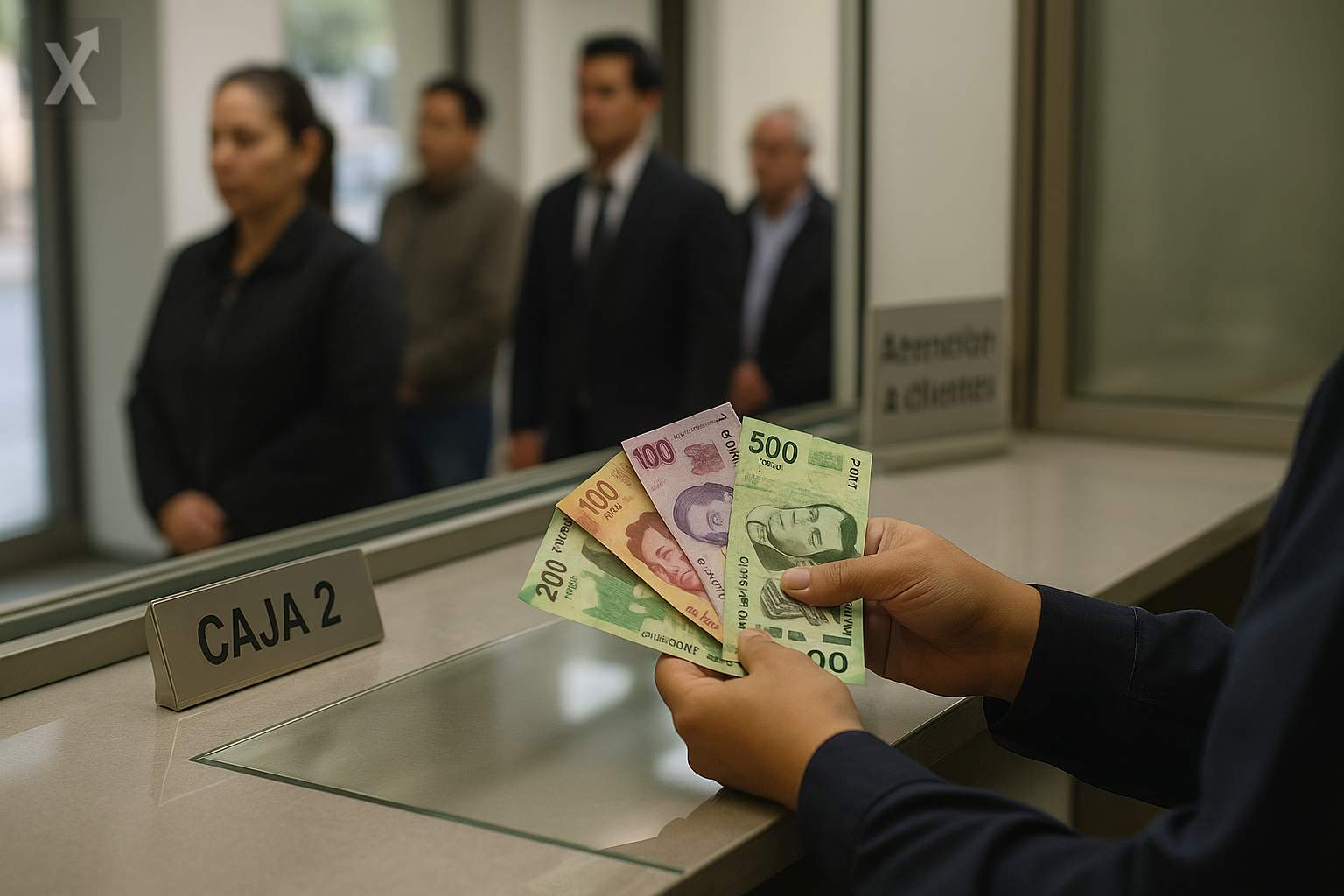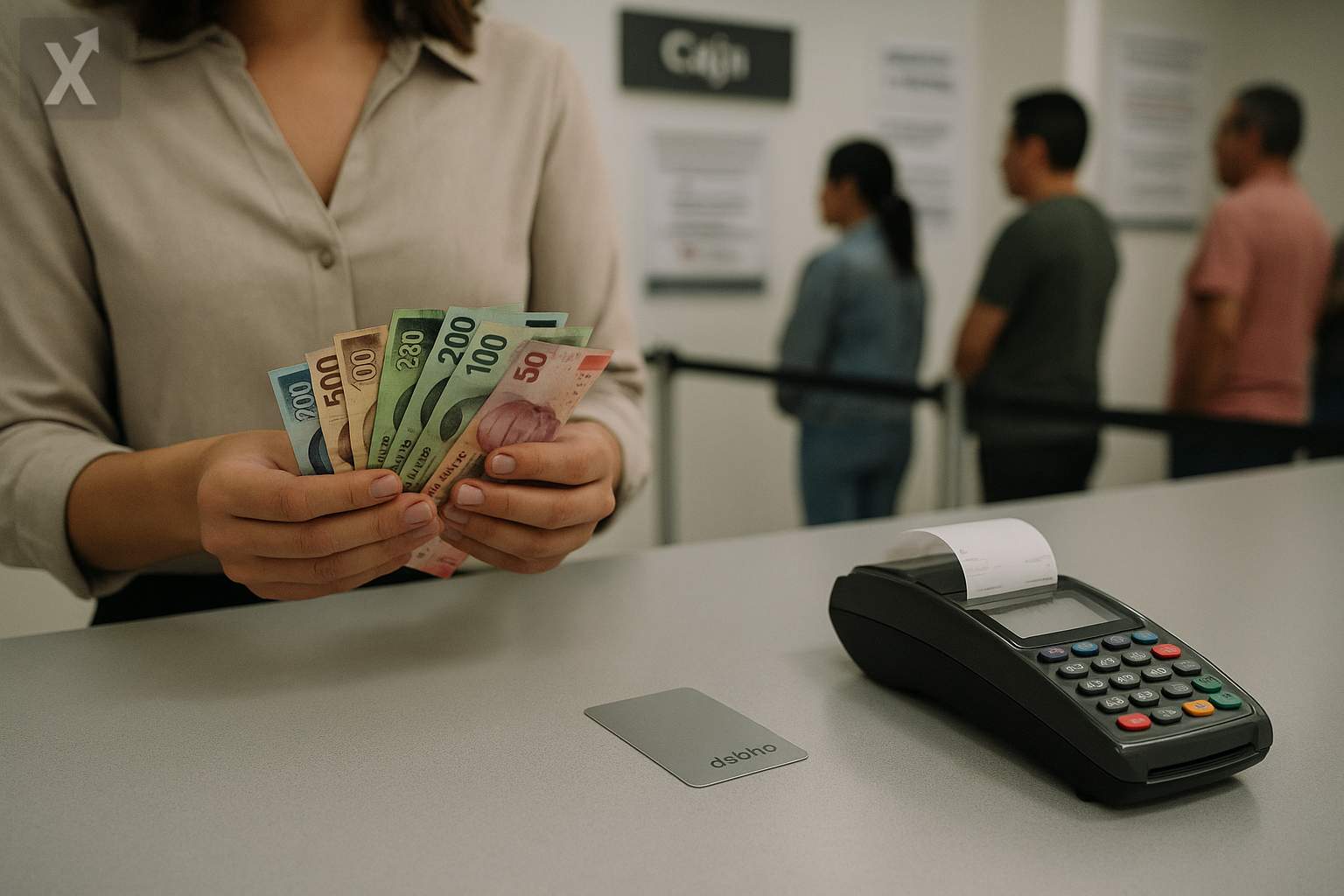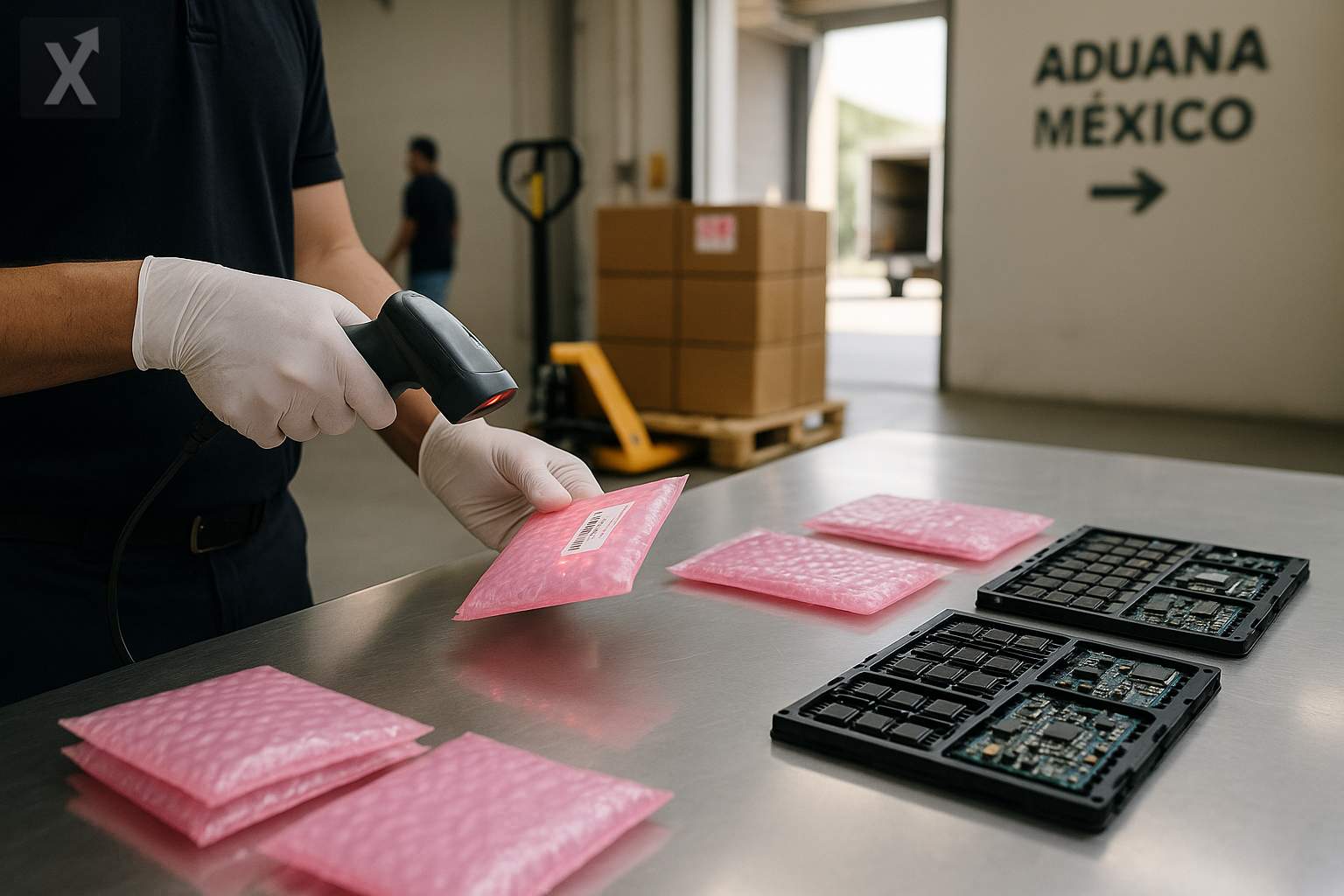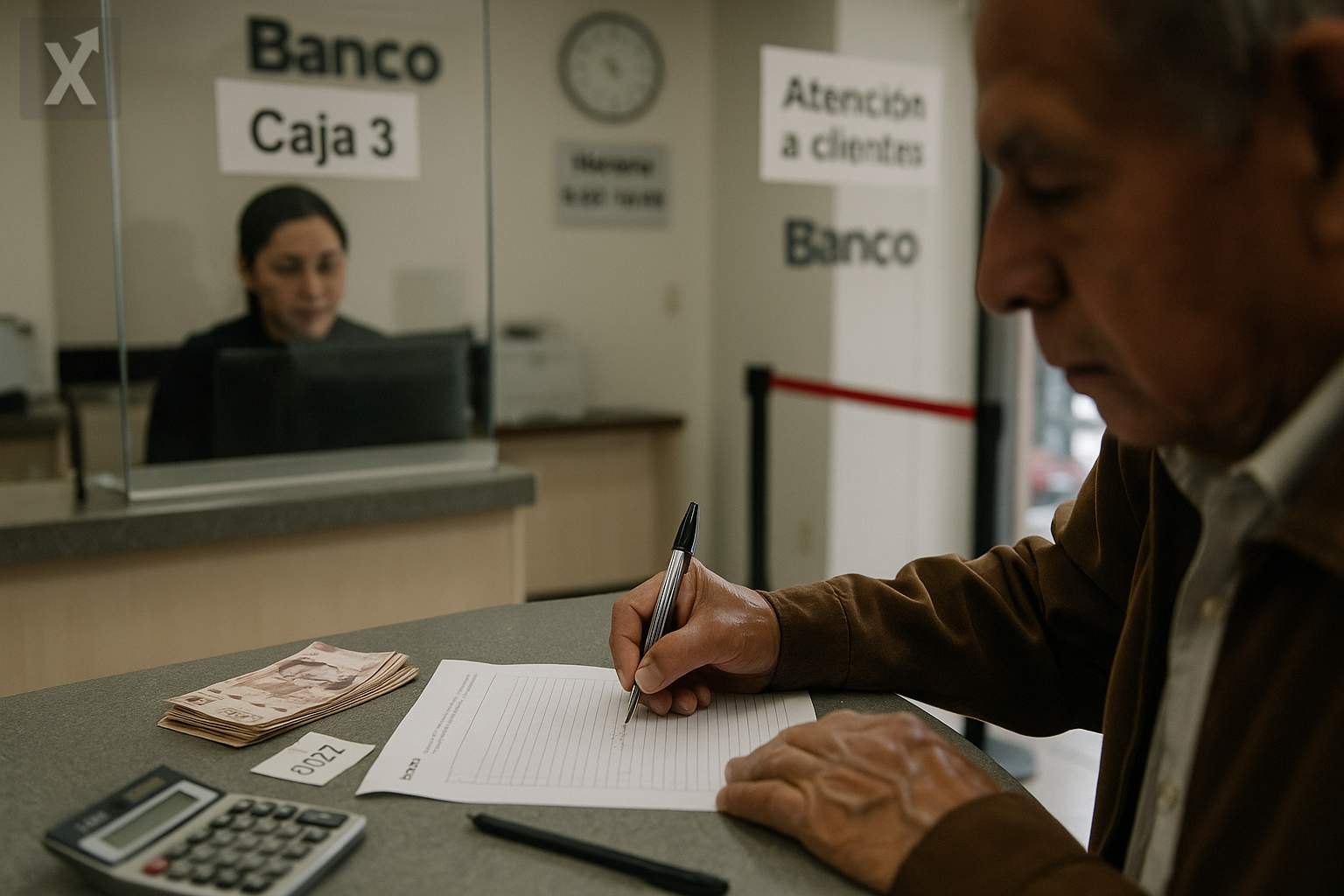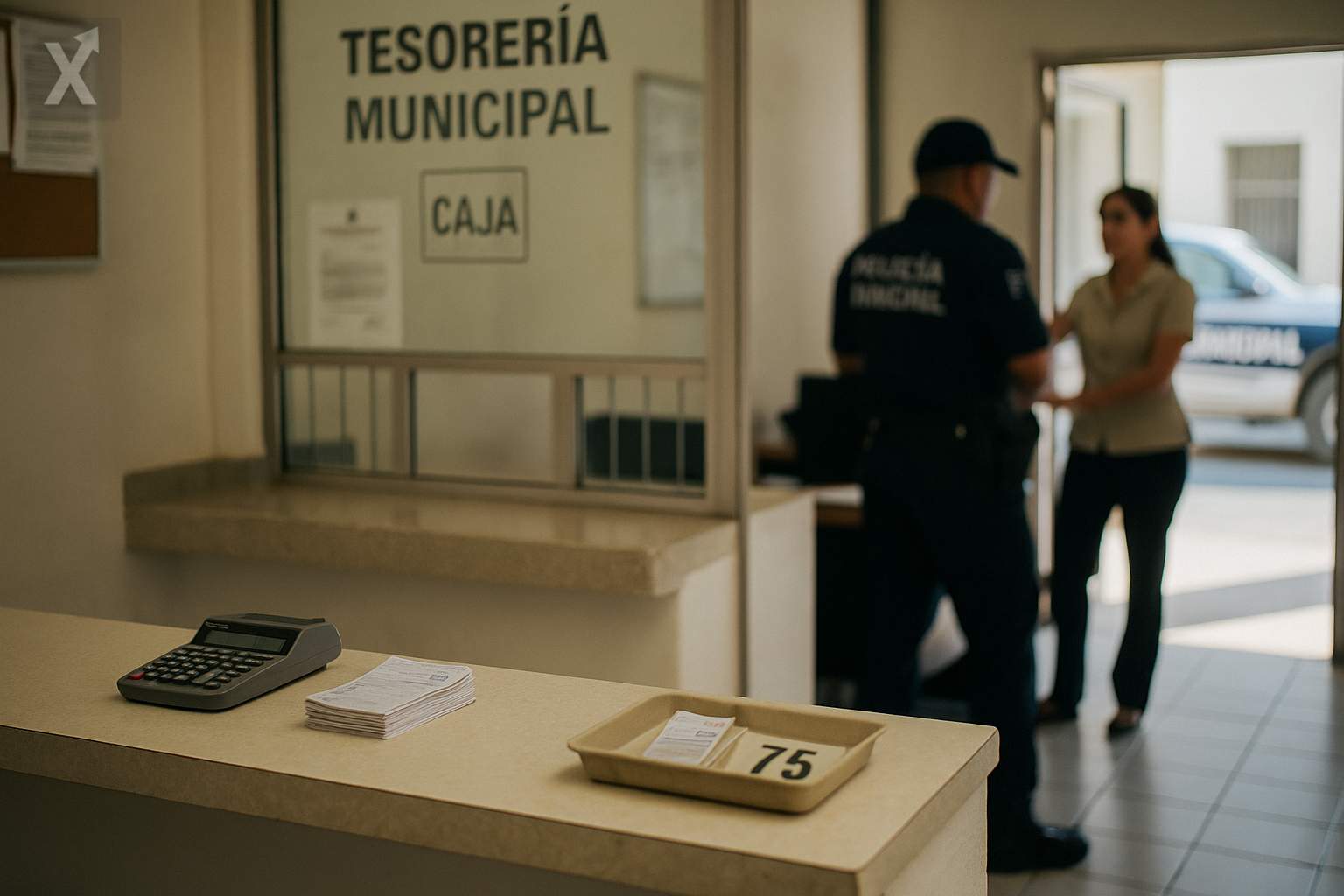Chico Pardo Doubles Down on Banamex and Preserves Its Cultural Heritage, Aiming to Strengthen Banking and Social Ties
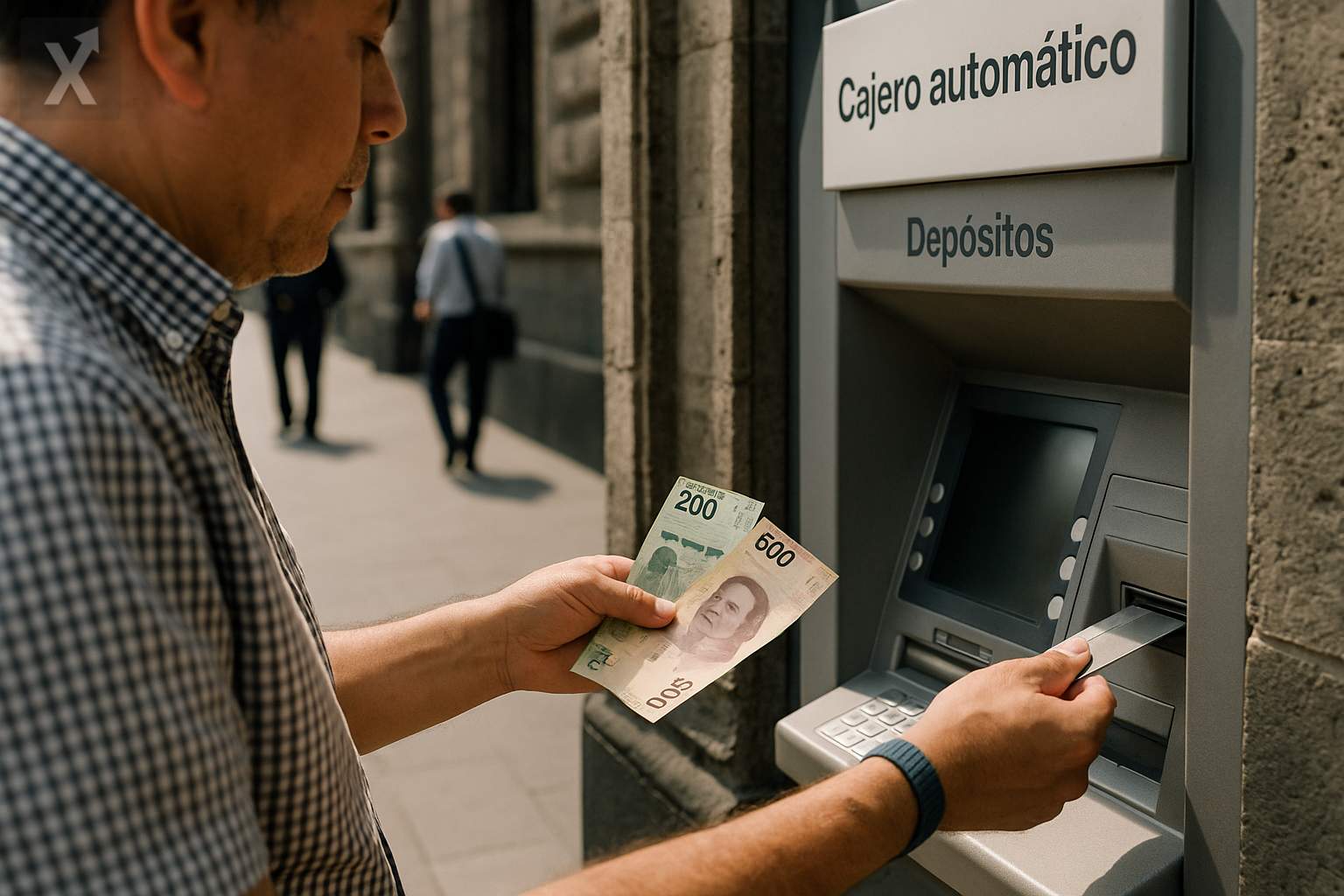
Fernando Chico Pardo’s recent acquisition of a 25% stake in Banamex marks a long-term move that goes beyond the business numbers. Beyond its financial weight, this step reaffirms a commitment to maintain and promote the bank’s cultural heritage in Mexico, with a particular emphasis on supporting new generations of artists. The businessman, known for his interest in contemporary art, has emphasized that this is an intergenerational investment. Meanwhile, Banamex has updated its approach to cultural governance, appointing Natalia Pollak Bianchi to lead its heritage and development areas, aiming to broaden public access to collections and spaces.
The bank manages a cultural endowment that includes historic estates in Mexico City, Mérida, San Miguel de Allende, Durango, and Oaxaca, as well as an archive safeguarding photographs, coins, banknotes, and key artifacts from the evolution of banking in the country—including the first ATM ever installed in Mexico. The art collection, featuring works by icons such as Frida Kahlo, José Clemente Orozco, and David Alfaro Siqueiros, will remain in Mexico under Banamex’s stewardship, as announced. In an environment where identity and trust play significant roles in relationships with clients, preserving this legacy can further strengthen the bank’s social bonds with its communities.
From an economic perspective, the deal comes at a time of transformation for Mexico’s financial system: greater digitalization, fiercer competition in retail and small business banking, and mounting pressure to accelerate financial inclusion. The involvement of a local, long-term investor can provide strategic stability and support investment plans in technology, branches, and risk management—a key concern for a bank seeking to capture market share from leading players and the expanding non-bank financial services sector.
The macroeconomic landscape presents both opportunities and challenges. Mexico’s economy has shown resilience, supported by high remittance flows, a relatively strong labor market, and the potential for nearshoring to drive lending to supply chains, infrastructure, and business services. At the same time, banks operate under a monetary policy regime that, while making progress on disinflation, remains vigilant regarding price shocks and currency volatility. Within this context, Banamex’s challenge will be to convert the boost from new shareholding into increased productive lending, greater financial inclusion, and improvements in customer experience, while maintaining capital adequacy and asset quality.
The restructuring of Banamex’s cultural arm—including its Cultural Promotion area, Artistic Heritage, historic mansions, Foro Valparaíso, and Historical Archive—paves the way for broader educational and regional initiatives. Digitization projects, traveling exhibits, and partnerships with local governments and universities could grow audiences, bolster cultural tourism, and drive positive spillover effects for local economies, all while strengthening the bank’s social license. The focus on young talent suggests a long-term agenda blending cultural impact with corporate reputation.
Outstanding challenges include balancing investments in culture with core banking priorities, executing this new phase operationally, and gauging the market’s response in a competitive environment populated by major players and nimble fintechs. Regulatory engagement and disciplined corporate governance will also prove crucial in upholding prudent standards, especially as lending deepens for households and businesses.
In summary, Chico Pardo’s entry as a major shareholder reinforces the idea of Banamex as a long-term project anchored in Mexico. Combining banking growth, technological modernization, and the preservation of its cultural heritage could set the institution apart. The spotlight will be on execution: how this vision translates into broader financial inclusion, support for small businesses, and open access to the bank’s trove of heritage assets—always grounded in stability and prudence.
